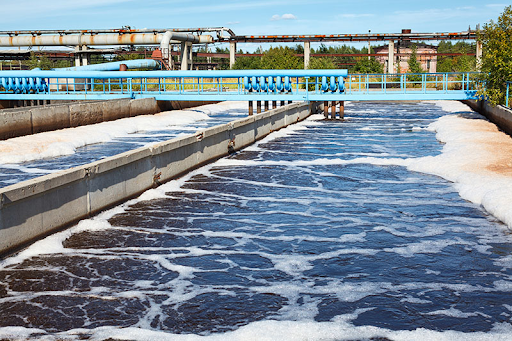WASTEWATER TREATMENT AND CHEMICAL OXYGEN DEMAND (COD)
Chemical oxygen demand (COD) is a measure of the ability of chemical reactions to oxidize matter in an aqueous wastewater treatment system. The results are expressed in terms of oxygen so that they can be compared directly to the results of biochemical oxygen demand (BOD) testing.
HOW WE MEASURE COD IN REAL-TIME IN WASTEWATER TREATMENT
We combine the data rich measurements from our advanced real-time UV-VIS sensors with our custom algorithms to develop site-specific calibrations for our clients. These custom calibrations enable us to provide real-time detection of parameters, such as COD, that would traditionally be left to the laboratory.
ACCURATE AND REPEATABLE COD DATA FOR WASTEWATER TREATMENT
Our Liquid Ai data analytics services provide ongoing calibration health monitoring to ensure the real-time COD results are as accurate and predictive of the lab as possible. The service enables continuous calibration improvements to be made as water quality composition changes or new contaminants are introduced. We ensure reliability and trust in the results, so our clients can make confident, informed decisions to improve their plants processes. The longer our systems are installed, the smarter and more insightful they become with our Liquid Ai service.
Our real-time COD data fills the gap between grab samples, so you will never miss an unexpected event again. Learn more about Liquid Ai services >
IMPORTANCE OF COD FOR WASTEWATER TREATMENT
Chemical Oxygen Demand is an important water quality parameter because, similar to BOD, it provides an index to assess the effect discharged wastewater treatment will have on the receiving environment. Higher COD levels mean a greater amount of oxidizable organic material in the sample, which will reduce dissolved oxygen (DO) levels. A reduction in DO can lead to anaerobic conditions, which is deleterious to higher aquatic life forms. The COD test is often used as an alternate to BOD due to shorter length of testing time.
DELAYED LABORATORY RESULTS LIMIT ACTION
Relying on grab samples leads to significant delays. When results come back from the lab, the information is usually of little value for process control and improving plant performance. A common method for Chemical Oxygen Demand analysis is Method 410.4. The method involves using a strong oxidizing chemical, potassium dichromate Cr2O72-, to oxidize the organic matter in solution to carbon dioxide and water under acidic conditions. Often, the test also involves a silver compound to encourage oxidation of certain organic compounds and mercury to reduce the interference from oxidation of chloride ions. The sample is then digested for approximately 2 hours at 150°C. The amount of oxygen required is calculated from the quantity of chemical oxidant consumed.
Plants need a practical solution that delivers continuous information on wastewater treatment composition and quality to operations personnel. Real Tech has the solutions to help our clients get the information they need, when they need it. Discover our real-time COD analyzers here.







